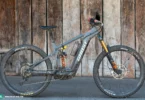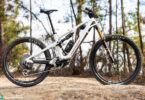E-Bike Tuning: When fast isn’t fast enough
Anyone who has sat on an e-bike knows the feeling: you pedal energetically and the bike accelerates powerfully, you easily reach 25 km/h – and then suddenly ride into sticky mud. At least that’s how it feels. At this speed a legal limit is reached and the bike turns off the juice. Sometimes this is pretty annoying, but tuning your e-bike is not as harmless as it seems.
Basic principle of e-tuning
An e-bike constantly monitors its speed and how powerfully the rider is pedalling. Using this information, it decides on how much drive to deliver. When the bike reaches the legally defined speed limit of 25 km/h, the motor support is deactivated. With the right fitness or gradient, the bike can of course still go faster, just without motor drive. If motor assistance above 25 km/h is desired, then the system must be made to think the current speed is slower than it actually is. Most tuning options are based on this point. A small electronic device is installed between the wheel magnet sensor and the computer unit, which calculates the speed. This device manipulates the electrical impulses from the magnet, and the computer then calculates these falsified signals into a slower current speed. As a consequence, the drive is not deactivated even though the bike is actually moving much faster than 25 km/h.
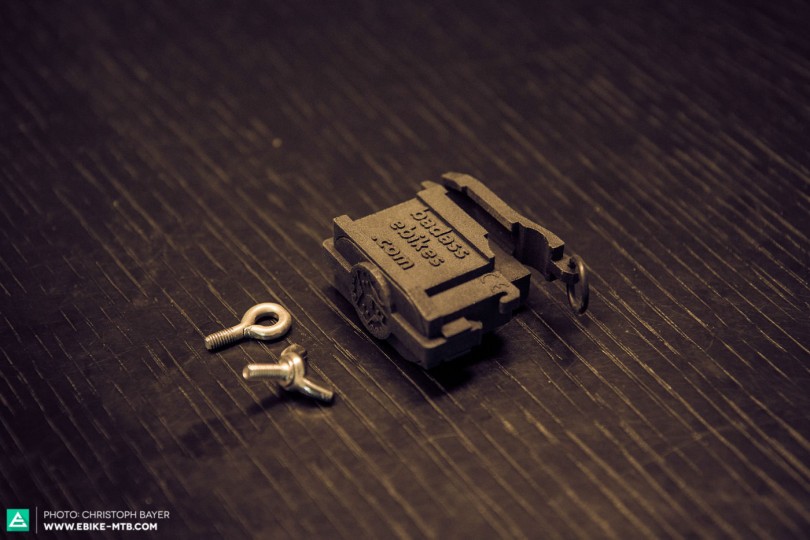
Faster – but not more powerful!
Many e-bikers assume that by installing an e-tuning kit, they get a more powerful motor which allows them to accelerate faster. However, this is not the case. The tune doesn’t increase the performance of the drive unit; it just artificially circumnavigates the legal 25 km/h limit. Up to this speed no change is achieved, so handling on steep ascents remains exactly the same.
Increased loads for motor and battery
The question of whether the e-tuning puts increased loads on a system is easily answered: yes! The e-tuning doesn’t influence the motor control at all – motor RPM and temperature control remain unaffected. Thus, there is no danger of unintentionally overloading the manufacturer’s drive unit. However, by overcoming the 25 km/h limit, in practice the system is used at full load for much longer periods, omparable to long mountain climbs. The motor uses more electricity; the battery is drained faster and requires more frequent recharging. The higher battery temperatures don’t have an especially positive effect on its overall lifespan.
In addition, the rest of the bike’s drivetrain is worn out faster as the motor is used more and with higher loads applied to the chain than using a regulated motor that forces you to comfortably pedal along at 25 km/h.
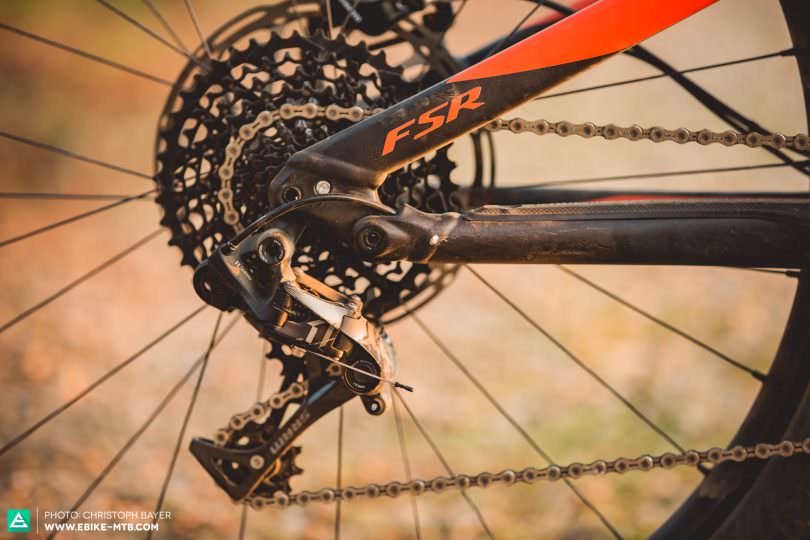
So what does e-tuning actually achieve?
If you buy a tuning kit, you won’t be getting a new bike. The adverts of some suppliers, suggesting speeds of up to 75 km/h, are theoretical in nature. A tuned e-mtb with a normal 250 watt motor can briefly reach a top speed of 60 km/h with a lot of rider effort and on flat terrain. For longer periods, a fit amateur rider could achieve 35-50 km/h.
Legal, illegal, who cares?
E-bikes with pedal support of up to 25 km/h, a nominal motor power of 250 watts maximum, and a power assist of 6 km/h maximum are categorised legally as normal bicycles; the rider is not subject to any additional rules and regulations. If the pedal support still functions above 25 km/h, then the bike becomes a so-called low-power bike. This needs an insurance number plate and must be registered. This last rule will above all make riding a tuned e-bike legally in public spaces as good as impossible.
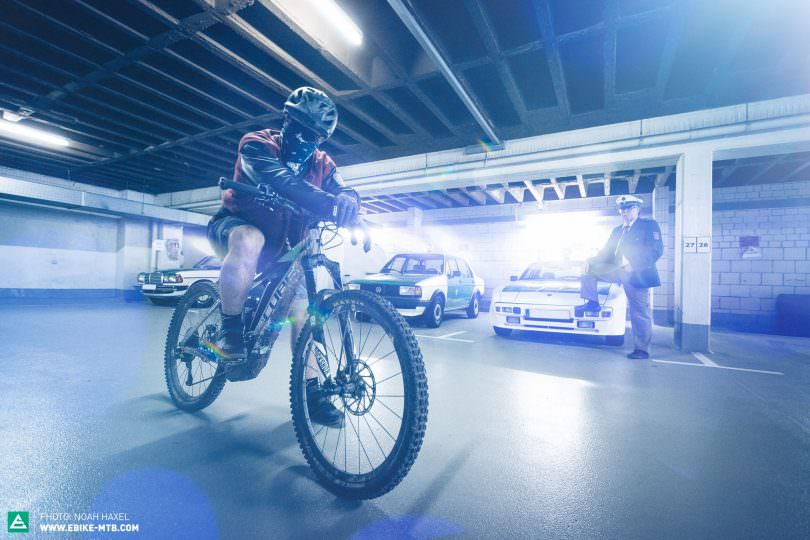
Tuning? No thank you!
Riding a tuned e-bike is not a trivial offence and has serious legal consequences. Further, most motor manufacturers can detect the use of a tuning device and will not repair the motor under warranty if it was modified. Therefore, we advise our readers to abstain from tuning their e-bikes.
Words: Tobias Döring, Moritz Dittmar Photos: Christoph Bayer
Did you enjoy this article? If so, we would be stoked if you decide to support us with a monthly contribution. By becoming a supporter of E-MOUNTAINBIKE, you will help secure a sustainable future for high-quality cycling journalism. Click here to learn more.






